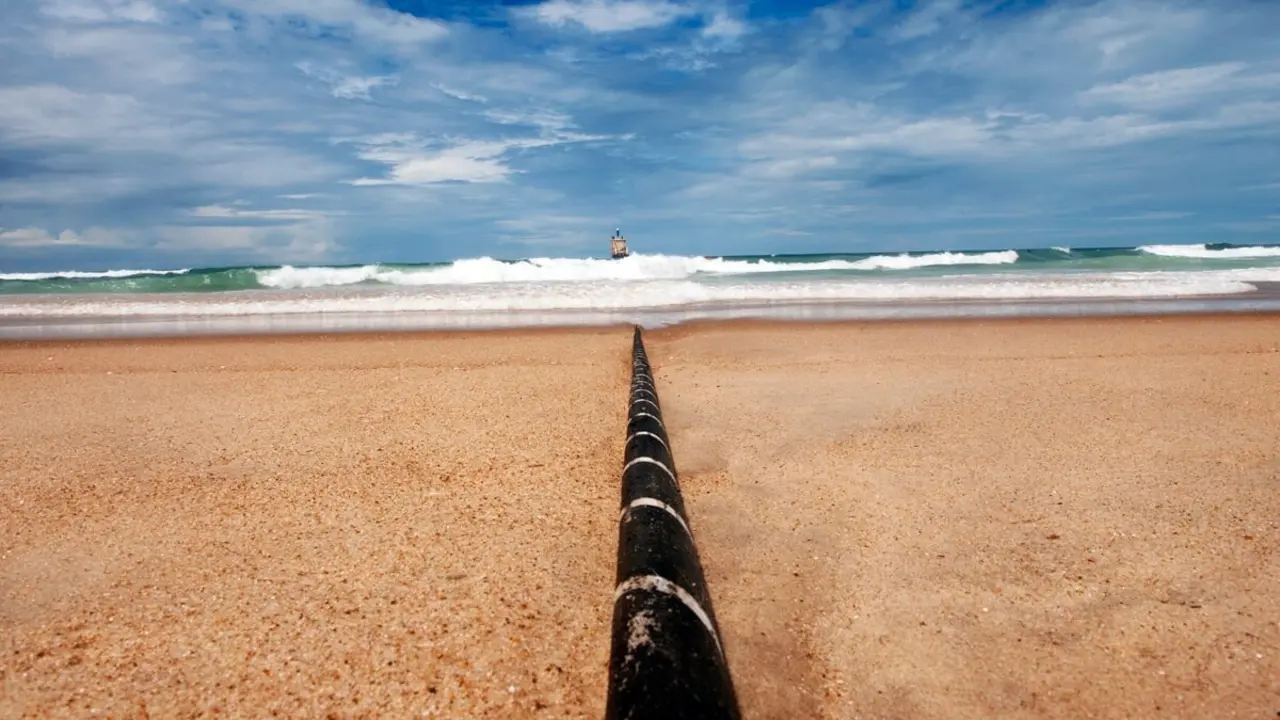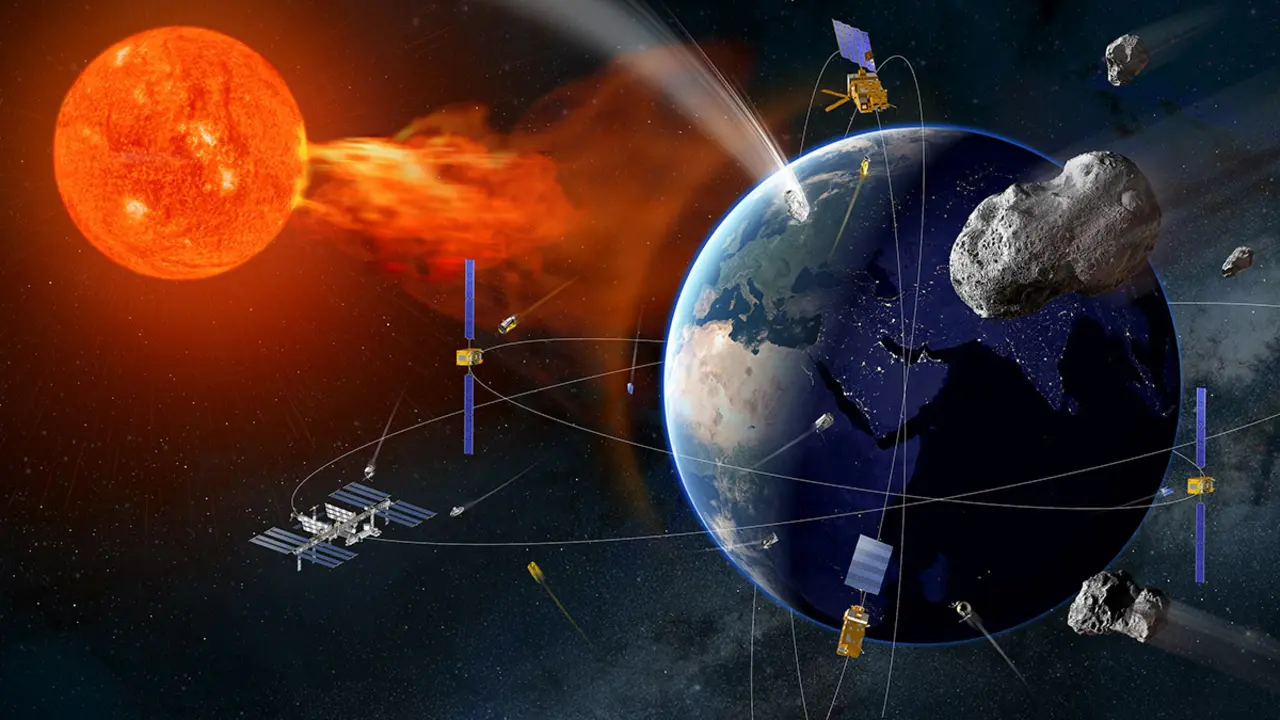The Orion spacecraft of NASA's Artemis I mission is already on its way to the Moon

The Spanish proverb says that "the third time's the charm". And so it has been. The maiden flight of the Artemis programme, which opens the way for humans to return to the moon, is now a reality. Humanity has just begun its return journey to the Earth's natural satellite.
With a delay of 44 minutes over the official schedule, the take-off of the Artemis I mission by the SLS, the most powerful rocket in the world, took place on 16 November at 07:48 Spanish peninsular time, 01:48 a.m. on the same day in Florida.
President Joe Biden, Vice President Kamala Harris and NASA Administrator Bill Nelson - a personal friend of Biden's - must have breathed a sigh of relief as they watched the powerful flare of the colossal SLS space launcher - 98 metres high and the size of a 48-storey building - rise higher and higher into the dark Florida night sky.

The same emotions and sensations must have been felt by the managers, engineers and technicians working on the Artemis I mission, by the thousands of NASA staff and contractors, by the congressmen, senators and guests of the Agency present at the Kennedy Space Center. And the radio and television commentators and tens of thousands of spectators in the vicinity of Cape Canaveral, and the millions of Americans and people around the world who listened to or watched the historic launch live at home.
The delay in the official schedule was due to "a problem caused by the loss of the radar communications signal that ensures the tracking of the SLS and the Orion spacecraft," NASA said.

Once the incident was resolved, the launch director, Charlie Blackwell-Thompson, made a round of contacts at 07:35 with those responsible for the mission's main systems. After receiving the green light from all of them, she decided to restart the countdown to liftoff, which culminated with the ignition of the engines and liftoff at 07:48 Madrid time.
The Orion spacecraft was developed and manufactured by Lockheed Martin Corporation. It was on top of the SLS launcher at liftoff, but shortly before 10:00 a.m. "it detached from the carrier stage and began its solo flight," confirmed Jim Free, the Artemis I mission manager.
Contact with Orion is maintained by two huge and powerful 34-metre diameter communications antennas installed by NASA at the Deep Space Communications complex in Robledo de Chavela (Madrid): DSS-54 and DSS-56, the former commissioned in 1997 and the latter in 2021. Due to the Earth's rotation, the NASA antennas deployed in Australia (Canberra) and in the United States, in California, will maintain contact throughout the day.

Automatically and through a secure communications network, positive contact has also been visualised at the Johnson Space Center in Houston, Texas, and at the Rocco Petrone launch control room at the Kennedy Space Center in Florida, where Charlie Blackwell-Thompson and his team of technicians are located.
The European Space Agency (ESA) is also travelling on the Artemis I mission, in the Orion spacecraft, which will travel further than any American, Russian or Chinese spacecraft has ever flown before. ESA's contribution is the so-called European Service Module (ESM), which is installed below the habitable module, which on Artemis I houses three dummies, one of them the so-called "Commander Campos". All of them are filled with sensors, to provide radiation information and ensure the constants of future astronauts who will travel to the Moon on the Artemis II, III and subsequent missions.

Developed and built by Airbus at its Bremen factory in Germany, the ESM houses the equipment that provides propulsion, power and thermal control, as well as supplying oxygen and water to the astronauts on future missions. It is based on the design of the Automated Transfer Vehicle, or ATV, which served to supply the International Space Station between 2008 and 2015.
In its internal configuration, the ESM is a cylinder about 4 metres high and wide. It holds 8.6 tonnes of fuel to power the main rocket engine, its eight auxiliary engines and 24 smaller thrusters for small movements. In total it weighs just over 13 tonnes.

After liftoff from Kennedy Space Center's launch pad 39B and a trajectory of 2.1 million kilometres, it will fly 64,000 kilometres past the far side of the moon, which means it will "go further than any other human spacecraft," according to NASA.
The US space agency's engineers have accurately calculated that the Orion capsule will remain in space for a total of 25 days, 11 hours and 36 minutes. Its journey between the Earth and the moon is due to end on 11 December, when it is scheduled to splash down in the Pacific Ocean, about 100 kilometres off the coast of San Diego, California.

After the completion of the Artemis I mission, there will be a long hiatus. NASA will spend this time evaluating each of the many aspects of the mission and the programme as a whole, in order to validate, improve or restructure everything necessary to carry out the first manned mission in 2024: Artemis II, whose three astronauts will not yet land on the Moon. Those of the Artemis III mission, which will take off in 2025 to make the first lunar landing after the legendary Apollo XI mission in July 1969, will do so.









